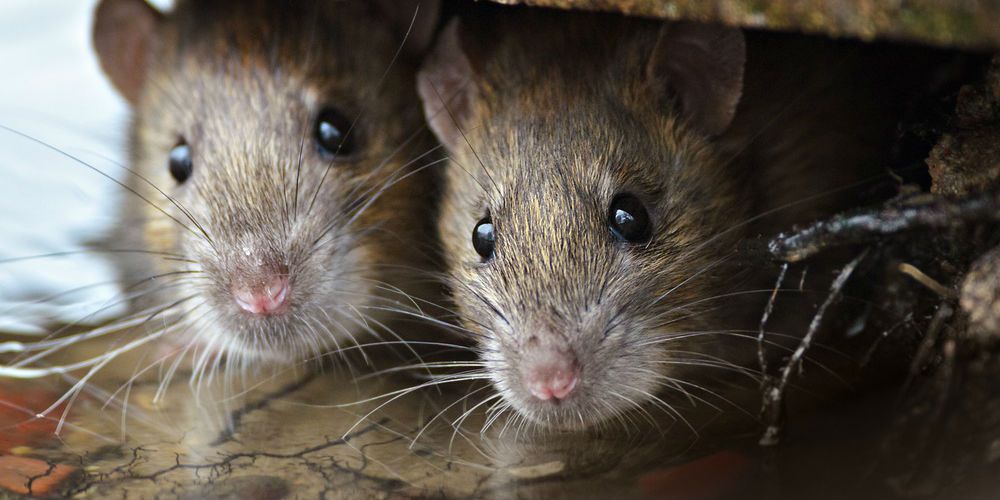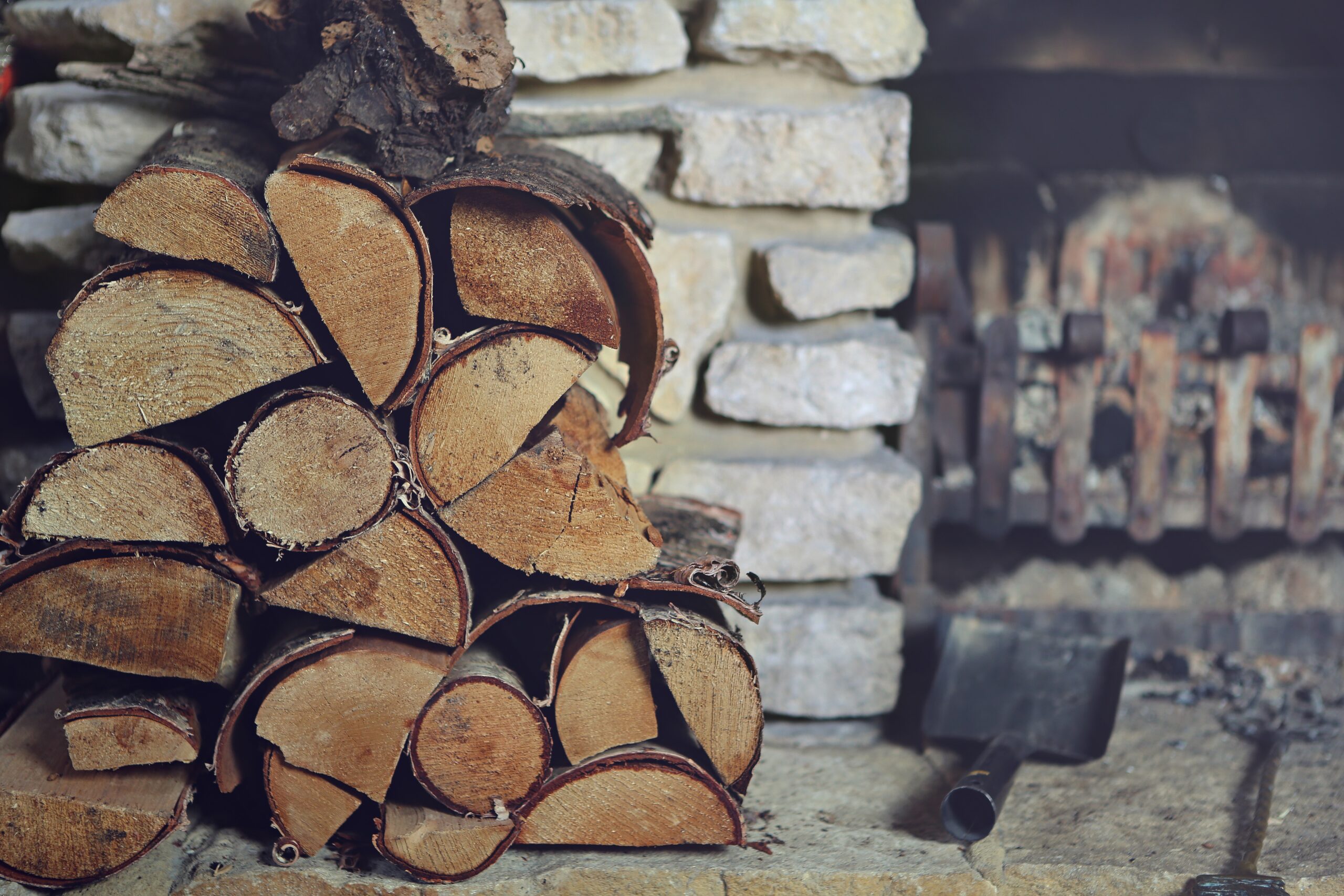With summer slowly fading and autumn just around the corner, many Californians will be enjoying bonfires, campfires, and cozy fireplace blazes as the seasons change. But before you tear the tarp off your stash of cedar or reach for a plank of pine, take a moment to review our list of family-friendly (and pest-unfriendly!) tips to help reduce the risks of pest infestation, disease, and damage.
Wood Pile Pest – Pests Love Firewood as Much as We Do
Most folks have heard about, if not experienced firsthand, the dangers of moving firewood. The EPA reports that a number of devastating species love to play stowaway in firewood piles across the land, with destructive and even deadly consequences. But chances are you’re more concerned about your personal woodpile—and while it may not contain emerald ash borers or Asian longhorned beetles, it has an allure to both rats and insects that are already living in your neck of the woods.
Aside from shelter and food, woodpiles can provide sturdy shelter for pests looking to hide from predators or get a leg up on the competition. And since you probably aren’t too keen on sharing your own sturdy shelter with these decidedly unwelcome roommates, it’s important to manage your woodpile the right way.
One Fire, Please—Hold the Pests
To keep insects and rodents at bay, follow these tips for happier, healthier, and less stressful wood management:
- A Little Distance Goes a Long Way. Keeping your wood as far away from your home as possible (within reason) is a smart first step to keep wood-loving critters from transferring their address to your home. It might seem like a pain to lug it in load by load over twenty to thirty feet, but this will reduce the chances of infestation AND give you the chance to carefully inspect each load for bugs and rodents before it ever enters your home.
- Well-Stored Wood is Best. Store your wood up off the ground, with plenty of room for air circulation, and preferably in a shed if possible to protect it from precipitation. This will discourage “bottom-up” infestation of your wood from the ground (most insects find dry wood much less appealing than wet), and ensure the wood itself is drier and cleaner-burning. (The EPA reports that wood burns best with a moisture concentration of 20% or less.) Consider building a simple base of brick or cinder block as a foundation for your elevated woodpile; this will help reduce the number of insects clamoring for a spot even further.
- Leave the Pesticides to the Pros Your woodpile is one place you definitely don’t want to use pesticides. Many wood-loving insects burrow into the wood itself, making surface application of a poison ineffective, and given that breathing even regular wood smoke can present a health hazard, it’s important to avoid introducing anything toxic or poisonous into the air you breathe or the environment you live in.
With a little effort and some planning, you can enjoy the warm glow of a fire throughout the autumn and winter months without worrying about wood-loving freeloaders. But if you’re in need of assistance in dealing with an existing problem, or have questions about other ways to eliminate pests and keep them from coming back, give your friends at American Rat Control a call. We’re always ready to provide professional pest control and service that’s as friendly as a fireside chat.








